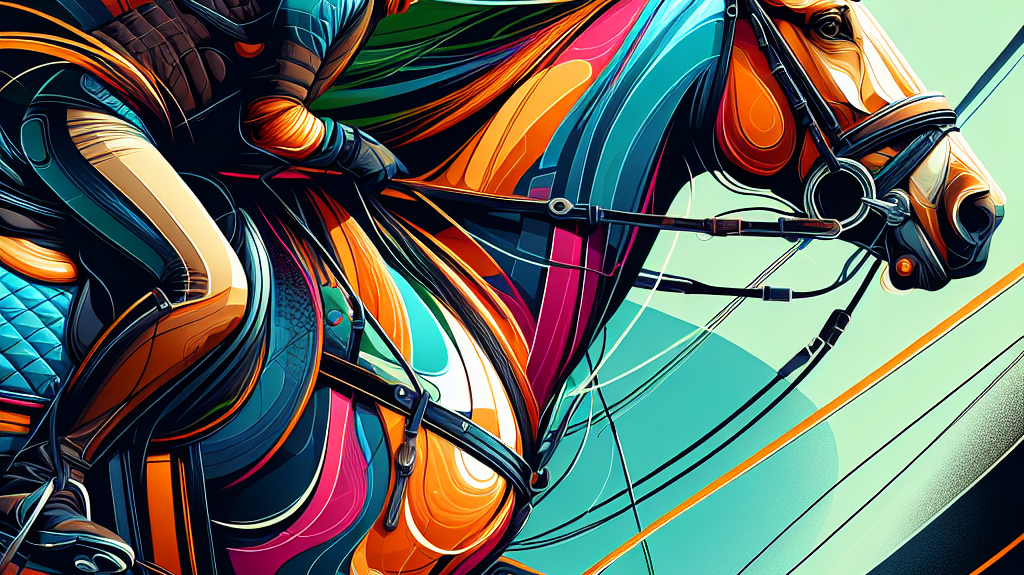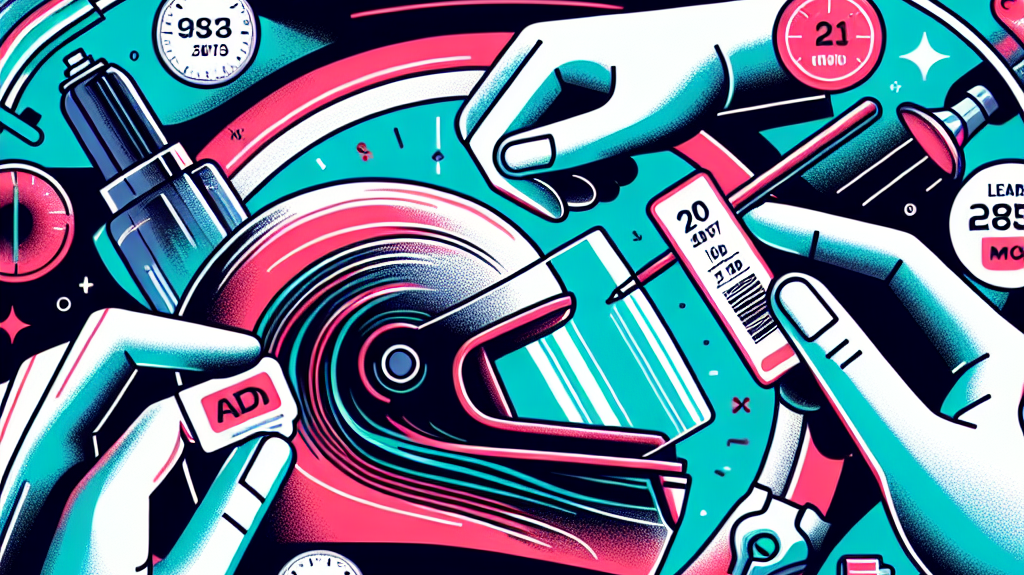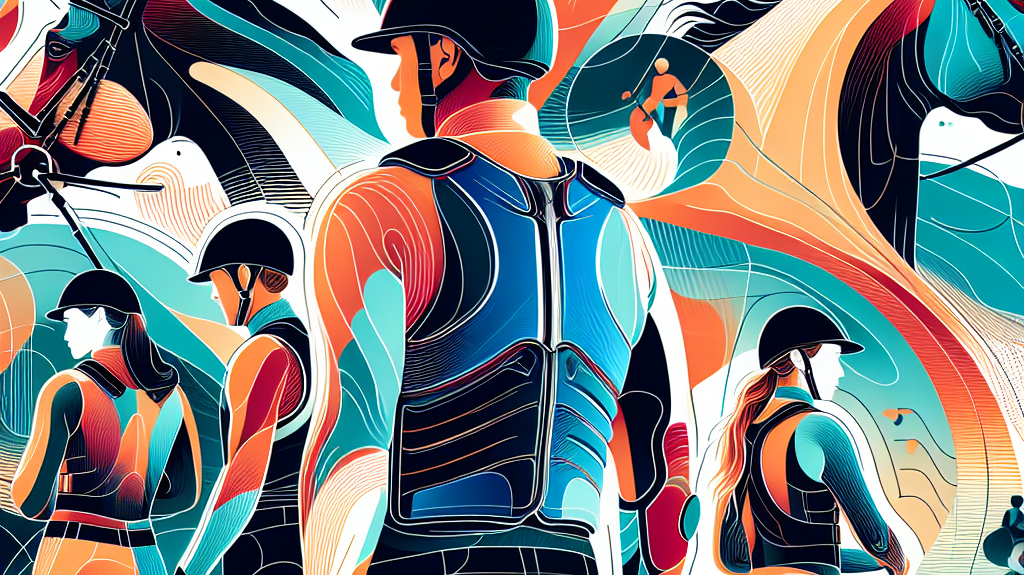The Winning Code: Horse Training Tips and Tactics from Ingrid Klimke
Regardless of the sport, training is an integral part of achieving success. This is no less true in the equestrian world. Training keeps the horse fit and conditions its mind to develop habits that lead to success. Here, we delve into the incredible wisdom shared by Ingrid Klimke, the dressage and eventing championship medalist, during her visit to Wellington Riding.
Understanding the Essence of Horse Training
When it comes to horse training, one ubiquitous question is: what makes for effective training? Drawing on Klimke's extensive experience, we find some key points:
- A horse should be allowed to go out every day, Klimke implores. "Sometimes an owner will bring a horse who’s 10 and say she’s not allowed to go out and I’ll say leave her here two weeks and I’ll send you a video of her grazing, going for a hack!”
- Klimke emphasizes that variety is essential in training. Even her dressage horses will train over cavaletti and go up the racetrack.
- Do not alter the routine before a pivotal event. “Over the years I’ve learnt things happen in the lorry, in the stable – if they are going to happen, they will happen. You have to keep horses as much like horses as you can and hope they have the instincts to stay alive.”
- Monitor the order in which you ride horses and whether they go out before or after work. "I ride the ones who need all their energy for training first."
Honing the Art of Horse Training
Moving beyond the basics, there are advances in horse training that can significantly enhance a horse's performance. Klimke's insights include:
- Being flexible about competition plans – one must factor in the weather, ground conditions, and how well the horses are performing.
- After a long format three-day event, horses require a break of seven or eight weeks. However, younger horses compete more often to gain experience.
- The key to effective training is understanding the horse's perspective. Try to view a cross-country course through your horse's eyes when walking it for the first time – keeping in mind that the real run is in canter.
- For any coach, Klimke suggests, modify no more than three things at once. It's essential to understand how challenging it is to alter a habit.
Polishing Horse Training with Advanced Techniques
More advanced training techniques can contribute to the refined performance of a horse. Klimke discusses several of these techniques:
- Be patient and don't rush the basics or skip steps on the ladder - you'll eventually have to revisit them.
- Avoid training something difficult three days in a row - the third day results are unlikely to improve. "Lunge the horse on the third day, let them stretch forward and down as much as they want, then start again the next day."
- Post-test cooling down is a crucial part of training, whether the horse is tense or has performed well.
- Judge and change saddles for both the horse's and rider's comfort: "I prefer saddles that don’t have huge knee rolls, so I can shorten the stirrups and go for a hack or do a jump after dressage."
- Klimke also emphasizes the importance of working on oneself: "always ask yourself what you can do to be better and treat the horse as your best friend."




